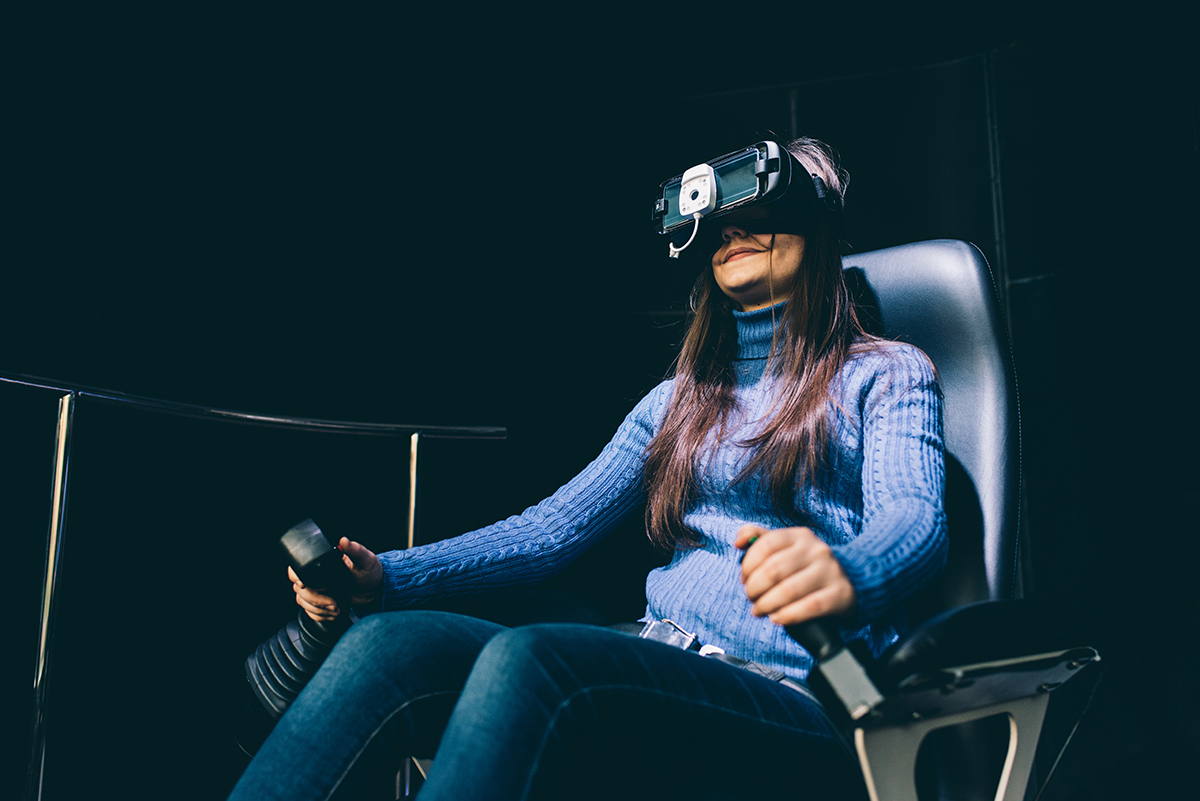Exploring the Educational Potential of Three-Dimensional Multi-User Virtual Worlds for STEM Education: A Mixed-Method Systematic Literature Review
Review
The authors of this research article investigated and reviewed fifty research articles published between 2000-20016. Their review focused on establishing the recognized value of virtual multi-user worlds in the STEM pedagogy. Because STEM courses require an instructional environment inclusive of the scope of material necessary for laboratory exercises to bring the student to an ability to accomplish the task, many educators are turning to digital/virtual laboratories for STEM courses. The use of virtual reality labs when constructed utilizing learning approaches combined with the theoretical understands of learning to create social constructivism environments have proven effective by engaging the learner’s attention and expanding their learning experiences. The authors categorize 3-D multi-user virtual worlds as 1) Social virtual worlds, 2) Open-source virtual worlds, and 3) Collaborative virtual learning worlds. The researchers conclude that 3-D multi-user virtual worlds can be a sustainable, valued component of STEM affording reduced cost for experiments, and reduction of damage or injury to the student as often found in a traditional laboratory environment.

Abstract
The present literature review builds on the results of 50 research articles published from 2000 until 2016. All these studies have successfully accomplished various learning tasks in the domain of Science, Technology, Engineering, and Mathematics (STEM) education using three-dimensional (3-D) multi-user virtual worlds for Primary, Secondary and Higher education, in order to: (a) present an overview about the potential contribution of this technology in practice-based perspectives on knowledge and learning; (b) identify the theoretical underpinnings based on contemporary learning theories and pedagogical approaches that leverage content design characteristics, with the respect to the constructs of their instructional design methods; (c) suggest a synthesis of the relevant literature about how the utilization of 3-D multi-user virtual worlds have affected positively learning outcomes based on students’ achievements; (d) concretize the educational potential and instructional affordances covering the pedagogical (socio-) cognitive, technological-operational and financial perspectives; and lastly (e) propose an instructional design workflow to contextualize pedagogical content design principles for the implementation of different learning scenarios in STEM courses. The overviewed articles ascertained that 3-D multi-user virtual worlds have many nstructional and technological affordances as candidate learning platforms for different educational levels, influencing to a large extent students’ attendance, knowledge transfer, skill acquisition, hands-on digital experience and positive attitudes in laboratory experimental exercises. This technology gives to users the opportunity to manage learning materials more effectively and efficiently during the teaching process. The vast majority of educational benefits and potential enhanced the degree of their engagement and participation, contributing positively to their achievements.
Pellas, N., Kazanidis, I., Kostantinou, N., & Georgiou, G. (2017). Exploring the educational potential of three-dimensional multi-user virtual worlds for STEM education: A mixed-method systematic literature review. Education Information Technology, 22, 2235-2279. doi:10.1007/s10639-016-9537-2
